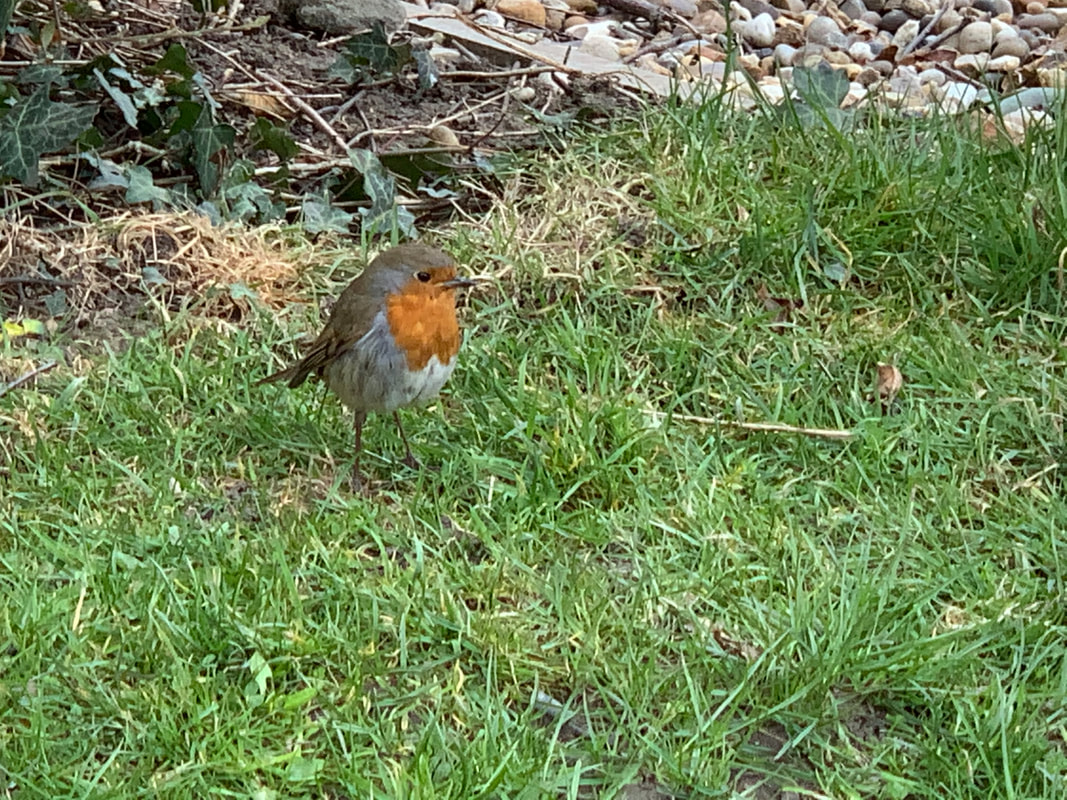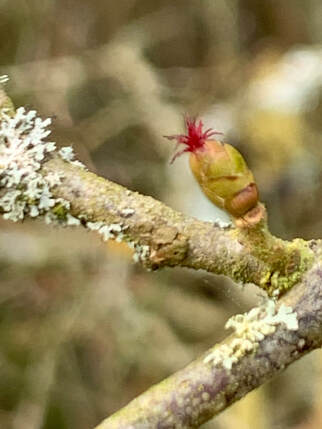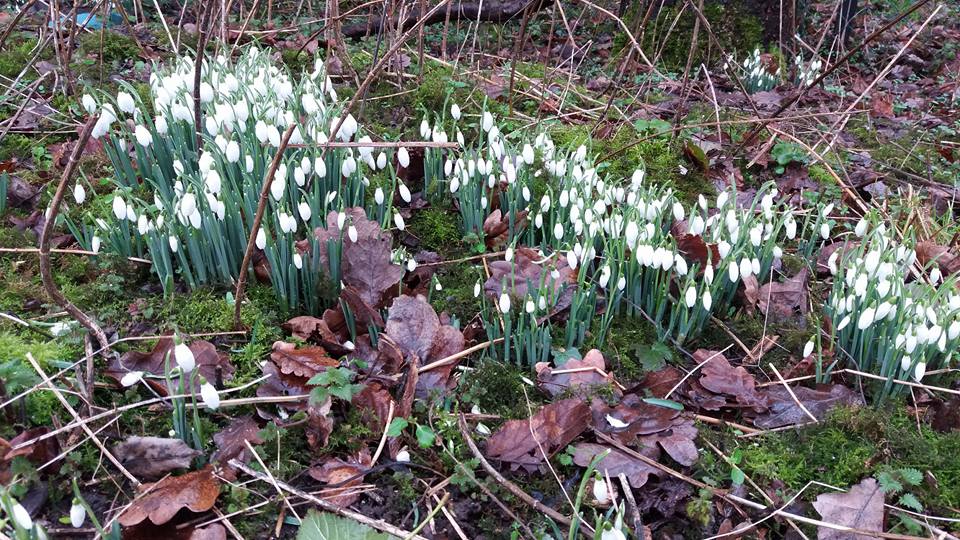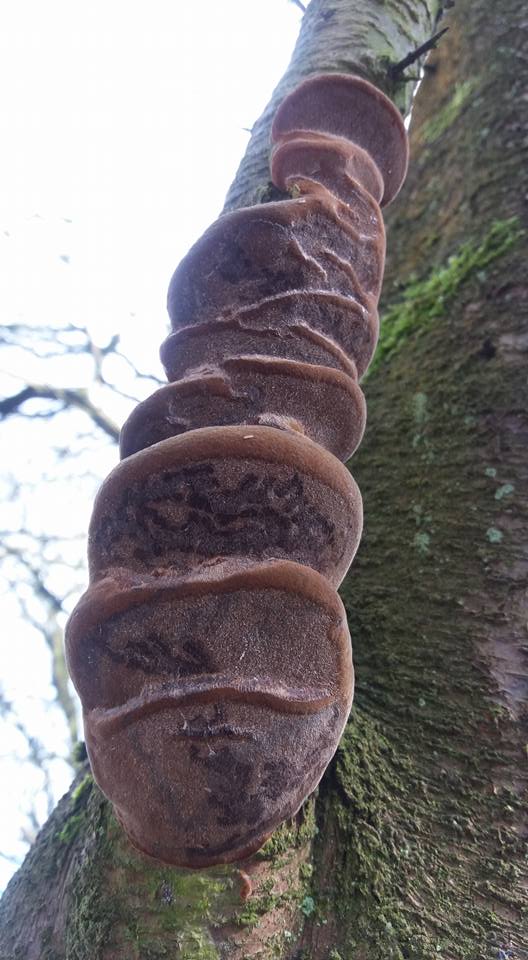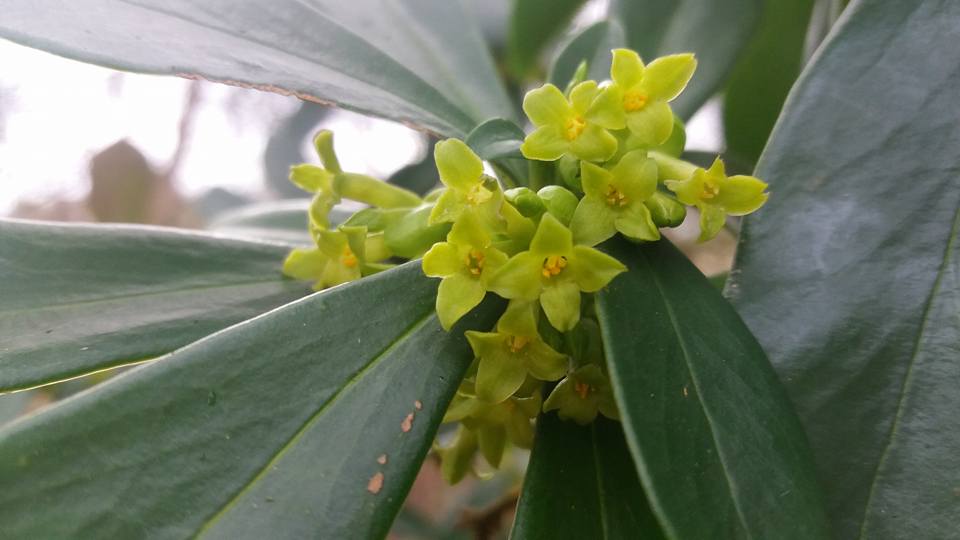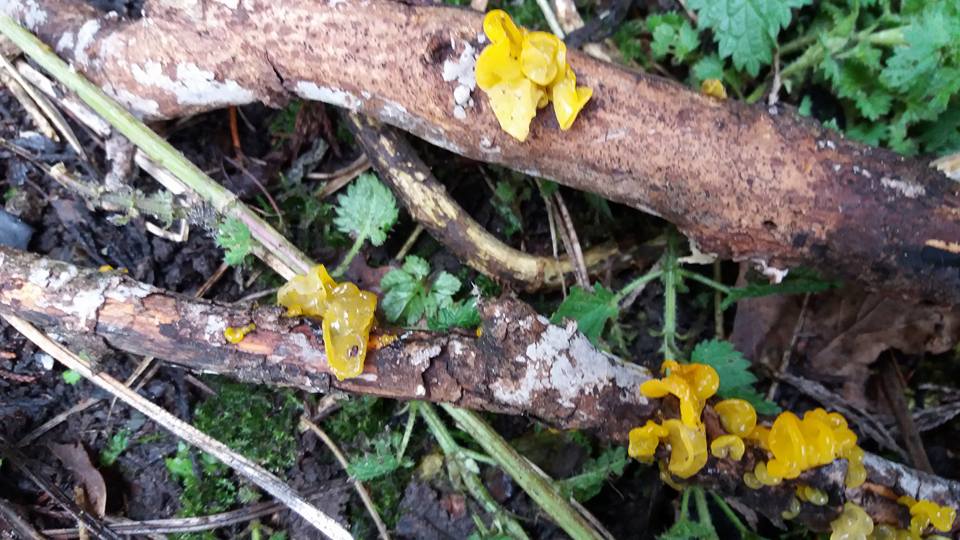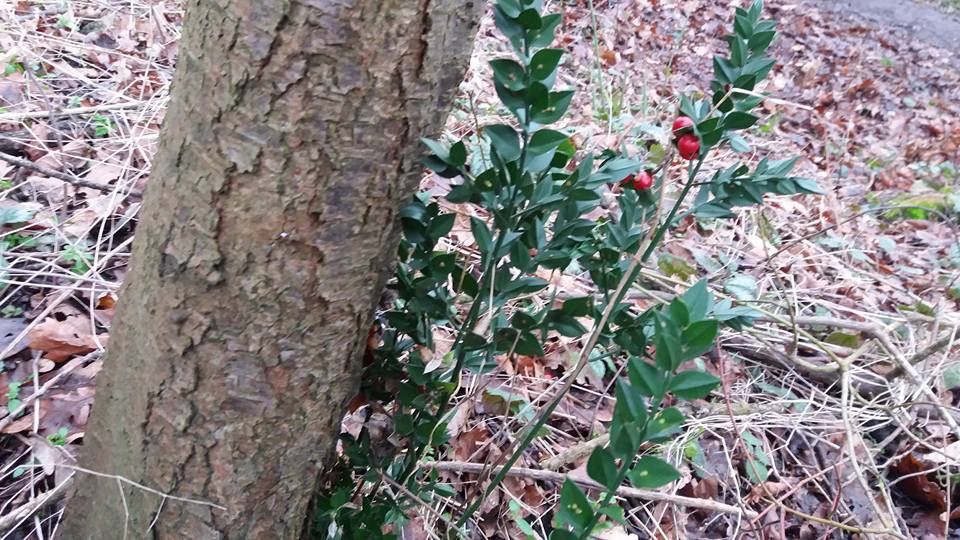Wildlife to watch in February
Robins
|
In February watch out for male robins marking their territories. Robins are territorial all year round; during the spring and summer this territoriality is for breeding, but at other times individual robins hold territories for feeding. Robins will defend their territories to the death, and so in the poem "Who killed Cock Robin?", another robin rather than a sparrow would be more likely. |
Also look out for
Hazel flowers
|
Male Hazel catkins are pale yellow and 5 - 12 cm long. The female Hazel ones are very small and largely concealed in the buds, with only the bright red 1 - 3 mm long styles available.
Hazel is often coppiced, but when left to grow, trees can reach a height of 12 metres, where it can live for up to 80 years. If coppiced, hazel can live for several hundred years. Bees find it difficult to collect hazel pollen and can only gather it in small loads.. This is because the wind pollinated hazel has pollen that is not sticky and actually repels one grain against another. |
|
Snowdrops
|
Snowdrops are a familiar spring flower, coming into bloom in January and flowering until March, and we’ve spotted some on the Flitch Way this month. They are perennial flowering plants, which are native to large parts of Europe, and have naturalised in the UK.
Look for their famous nodding, white flowers, each carried on a single stem. The narrow, grey-green leaves appear around the base of the stem, and it is these hardened leaf tips that can push through frozen soil to flower so early in the year. Snowdrops often form clumps. |
Bullfinch
This is a large finch which feeds on fruit and buds in woodland and hedgerows. It is a secretive bird which can be more often heard than seen.
If you are lucky enough to spot a male, you will no doubt notice his unmistakeable bright rose-red breast. Females are less conspicuous being a dull grey-brown. The bullfinch is on the Amber List in the UK's Birds of Conservation Concern.
If you are lucky enough to spot a male, you will no doubt notice his unmistakeable bright rose-red breast. Females are less conspicuous being a dull grey-brown. The bullfinch is on the Amber List in the UK's Birds of Conservation Concern.
Go to next month's wildlife

